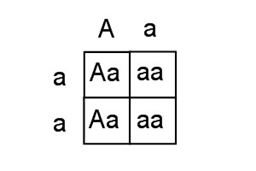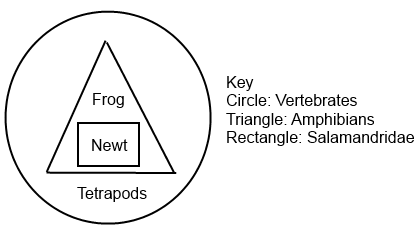This free TEAS Science practice test covers the four key areas: scientific reasoning, life science, earth and physical science, and human body science. It’s a challenging section that requires solid content knowledge, so plan to study it thoroughly. Start now with these 24 TEAS Science practice questions.
Time limit: 0
Quiz Summary
0 of 24 Questions completed
Questions:
Information
You have already completed the quiz before. Hence you can not start it again.
Quiz is loading…
You must sign in or sign up to start the quiz.
You must first complete the following:
Results
Test complete. Results are being recorded.
Results
0 of 24 Questions answered correctly
Your time:
Time has elapsed
You have reached 0 of 0 point(s), (0)
Earned Point(s): 0 of 0, (0)
0 Essay(s) Pending (Possible Point(s): 0)
Categories
- Not categorized 0%
-
Question 1 of 24
1. Question
An unknown element is found to contain 45 protons and an atomic mass of 64, what is its atomic number?
CorrectIncorrect -
Question 2 of 24
2. Question

The square above is based on the eye color of two parents, one of whom has brown eyes and carries the recessive gene for green eyes (a). What is the probability that a biological child of these parents will have brown eyes?
CorrectIncorrect -
Question 3 of 24
3. Question
The spleen functions are part of the _____ system.Which of the following completes the sentence above?
CorrectIncorrect -
Question 4 of 24
4. Question
Which of the following is an example of deductive reasoning?
CorrectIncorrect -
Question 5 of 24
5. Question
Which of the following is a possible cause of herniation of discs?
CorrectIncorrect -
Question 6 of 24
6. Question
Which of the following is a characteristic of the autonomic nervous system?
CorrectIncorrect -
Question 7 of 24
7. Question
During photosynthesis, which two compounds are combined to create the output of glucose and oxygen?
CorrectIncorrect -
Question 8 of 24
8. Question
Questions 8 & 9 are based on the following diagram:

Which of the following is true about the frog?
CorrectIncorrect -
Question 9 of 24
9. Question

Which statement can be inferred about amphibians?
CorrectIncorrect -
Question 10 of 24
10. Question

What would this diagram be useful for?
CorrectIncorrect -
Question 11 of 24
11. Question
What type of bond between the complementary bases of DNA stabilizes the double helix structure?
CorrectIncorrect -
Question 12 of 24
12. Question
Which of the following subatomic particles are found inside of an atom’s nucleus?
CorrectIncorrect -
Question 13 of 24
13. Question
Which of the following statements is true regarding trophic levels?
CorrectIncorrect -
Question 14 of 24
14. Question
Why does the human eye perceive a red colored dress as the color red?
CorrectIncorrect -
Question 15 of 24
15. Question
In a lab experiment designed to test the rate at which plants grow under artificial light, the kind of light used is which type of variable?
CorrectIncorrect -
Question 16 of 24
16. Question
Which organ system is primarily responsible for regulating metabolism, mood, and growth?
CorrectIncorrect -
Question 17 of 24
17. Question
In a vacuum, why doesn’t an elephant accelerate faster than a penny as it falls to the ground?
CorrectIncorrect -
Question 18 of 24
18. Question
Which train described below would have the greatest momentum?
CorrectIncorrect -
Question 19 of 24
19. Question
A scientist found that when an invasive species was introduced into a river, the population of salmon native to the region decreased. The type of correlation between these two populations could best be described as
CorrectIncorrect -
Question 20 of 24
20. Question
The addition of a catalyst to a chemical reaction will have what effect?
CorrectIncorrect -
Question 21 of 24
21. Question
The pharynx is part of what body system?
CorrectIncorrect -
Question 22 of 24
22. Question
Which of the following is true about eukaryotic cells?
CorrectIncorrect -
Question 23 of 24
23. Question
What characteristic of an element determines its specific isotope?
CorrectIncorrect -
Question 24 of 24
24. Question
What is NOT true about RNA?
CorrectIncorrect
- 1
- 2
- 3
- 4
- 5
- 6
- 7
- 8
- 9
- 10
- 11
- 12
- 13
- 14
- 15
- 16
- 17
- 18
- 19
- 20
- 21
- 22
- 23
- 24
- Current
- Correct
- Incorrect
